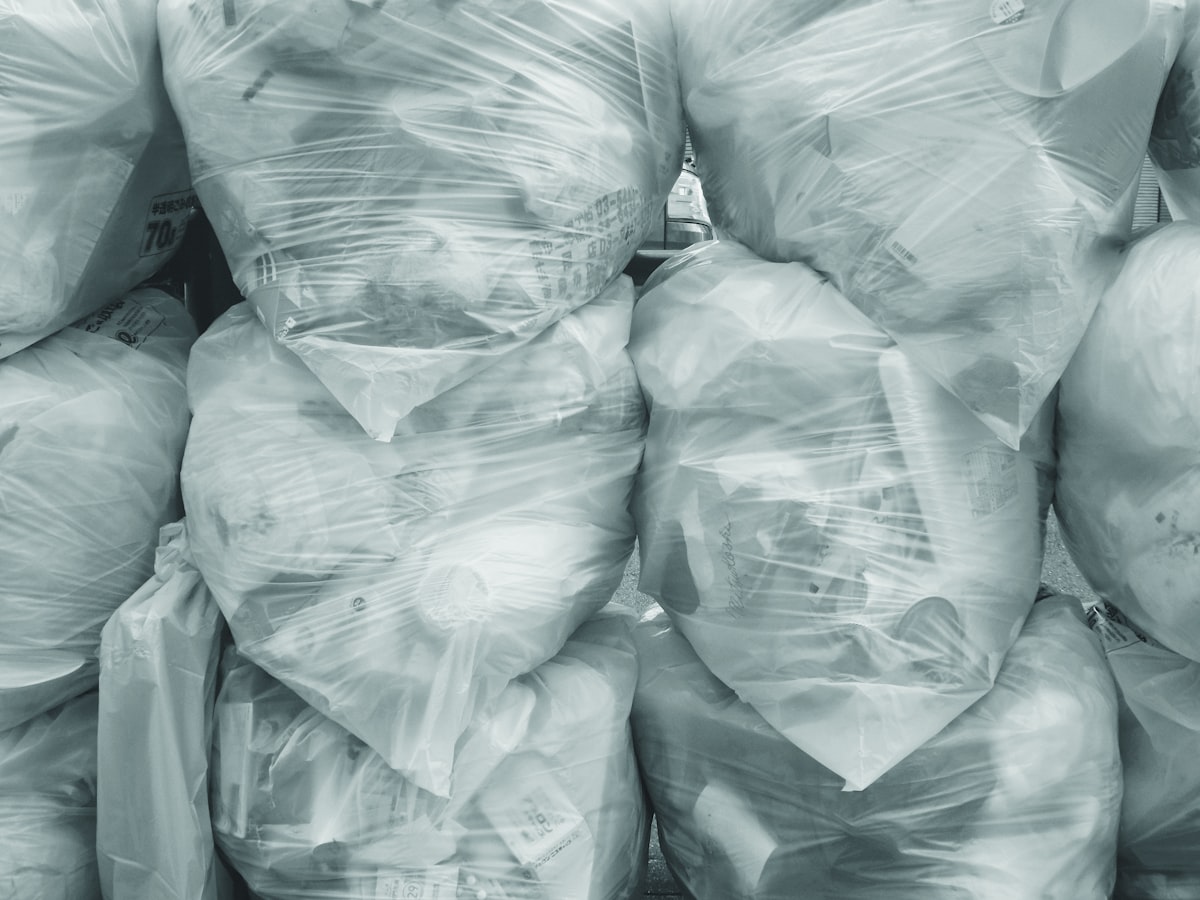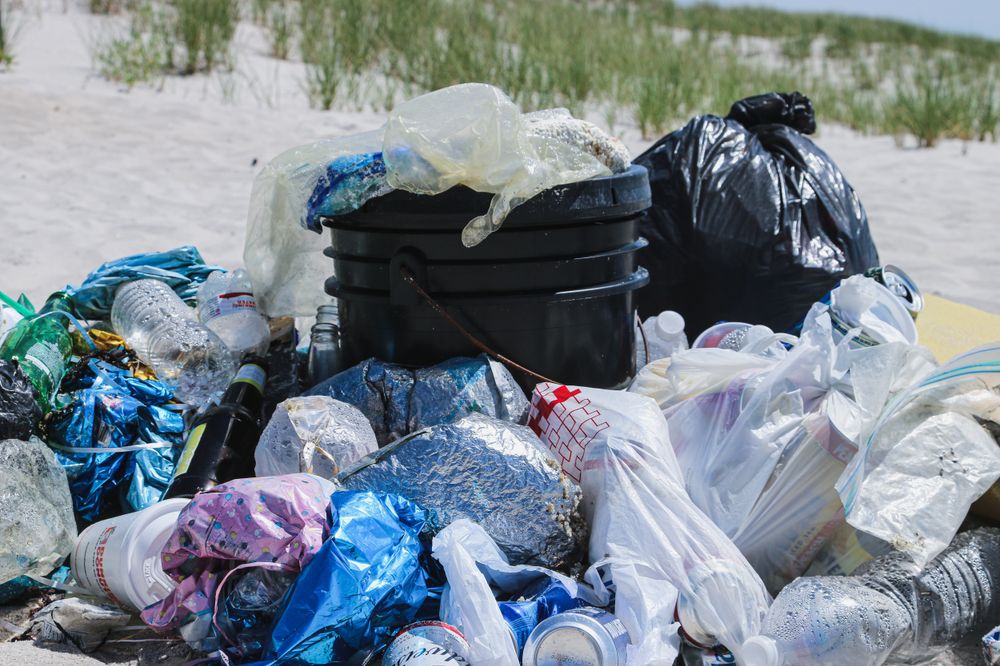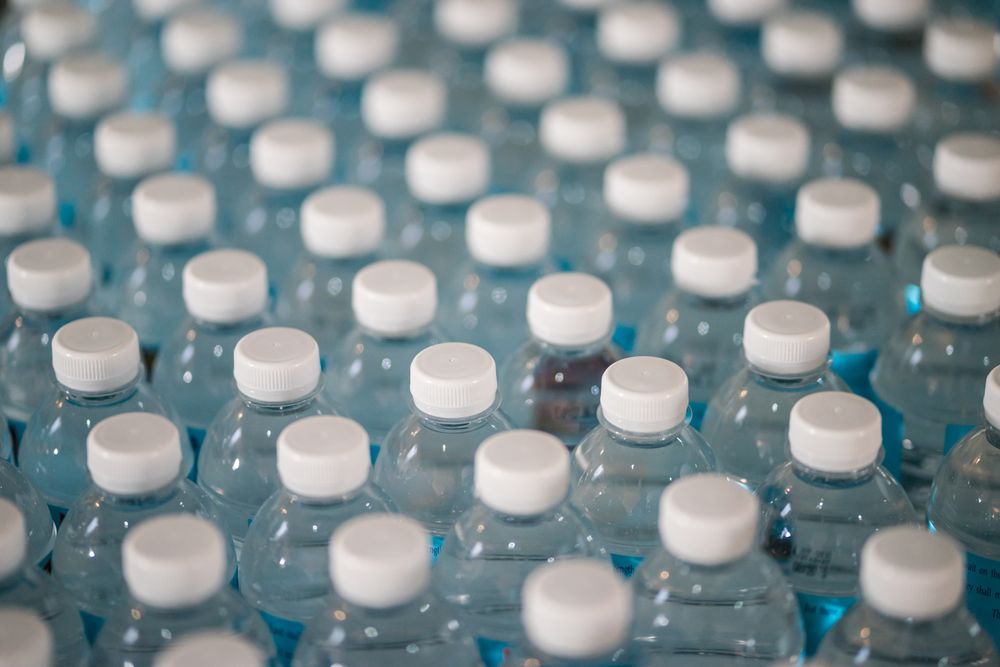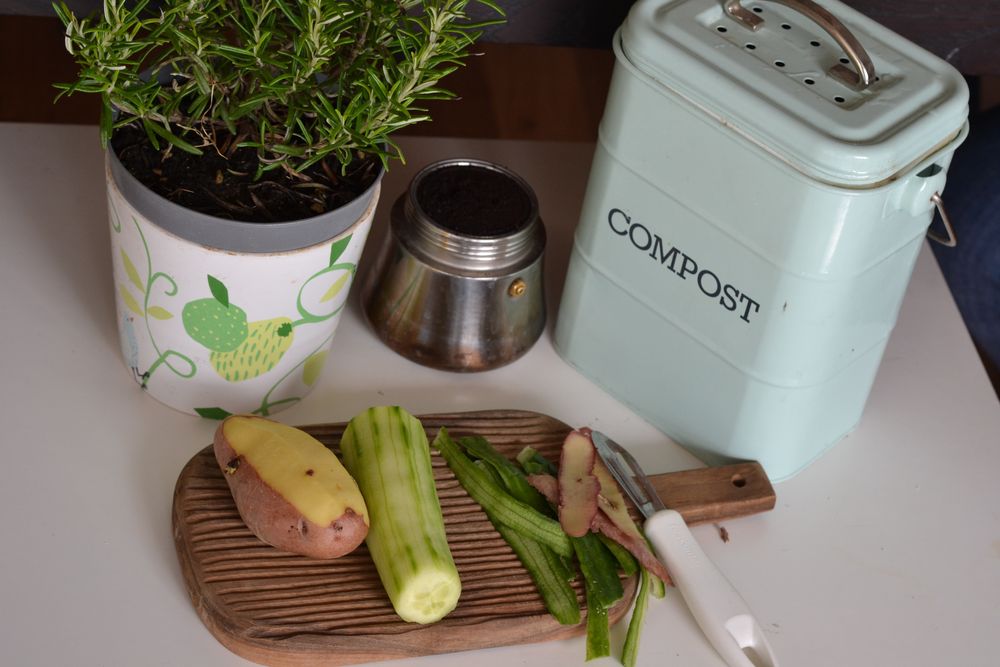Zero Waste New Years Resolutions
If you’re looking to go zero waste in the new year, then read on for some tips on how to make this happen.

It's that time of year again where we all start thinking about our New Year's resolutions. If you're looking to go green this year, why not try making some zero waste resolutions? Here are a few ideas to get you started:
Reduce your plastic consumption

Plastic is one of the main contributors to landfill waste. So try to avoid using as much plastic as possible in your everyday life. This can be tricky but there are plenty of alternative products available that can help you do this. Try to reduce your reliance on plastics by bringing your own reusable bags and containers whenever possible.
Say no to disposable items

Disposable items like plates, cups, and utensils may seem convenient, but they create a lot of wastefulness. Opt for reusable items instead to help cut down on trash. If you are going to an event where food is being served in a venue without a kitchen or dishwasher, it’s quite likely that they’ll be using paper or plastic—or even styrofoam 😱—pates and utensils. Plan ahead and bring your own plate, fork, and drinking vessel.
Compost food scraps

Food scraps make up a large percentage of municipal landfills. Compost them instead and use the nutrient-rich soil in your garden or landscape plants. You can compost right in your back yard. Increasingly, composting services are available in cities either through the municipal government, non-profit organizations, and even for-profit companies. If you’re having trouble finding composting options in your community, try reaching out to an urban farm or community garden. They may have a compost pile on site, or can direct you to one.
Opt-out of postal mail

Did you know that junk mail adds 1 billion pounds of waste to landfills each year? While it can sometimes feel like there’s little any one of us can do individually to sway corporations to be less wasteful, you actually have a lot of control over the amount of paper and plastic mail you receive. It takes some research, but if you email or call the company sending the mail, it is usually possible to have your name and address removed from their list. And if you’re looking to automate the process, Mel is a service that automatically unsubscribes you from physical junk mail.
Dispose of waste properly

Once you have reduced the amount of waste produced by your household, it’s important to dispose of it properly so that it doesn’t end up in landfills or oceans. This means recycling where possible and composting food scraps instead of throwing them away. When you buy something, think about how you will dispose of it and choose products made from recycled materials or with minimal packaging.
Trying to change too many things at once can be overwhelming and cause you to give up prematurely. Start by focusing on one area at a time, and once you have mastered it, move on to the next area.